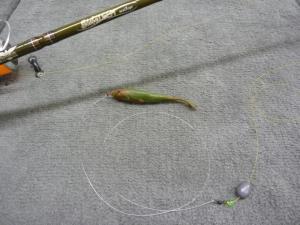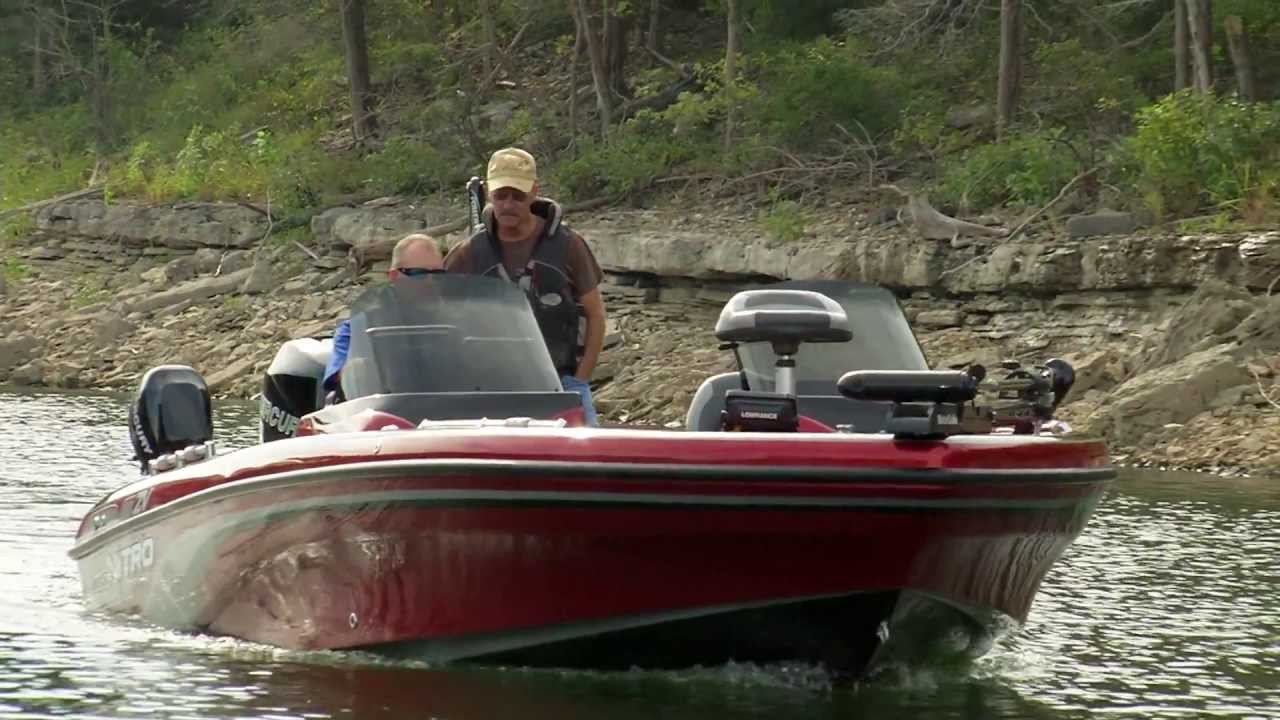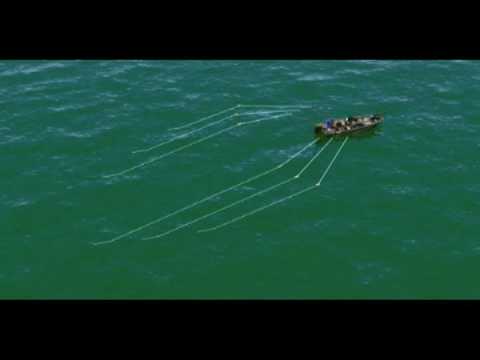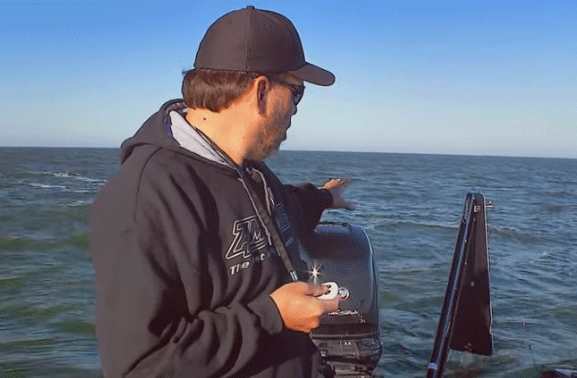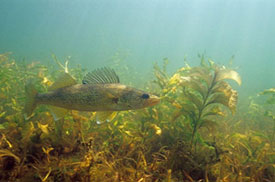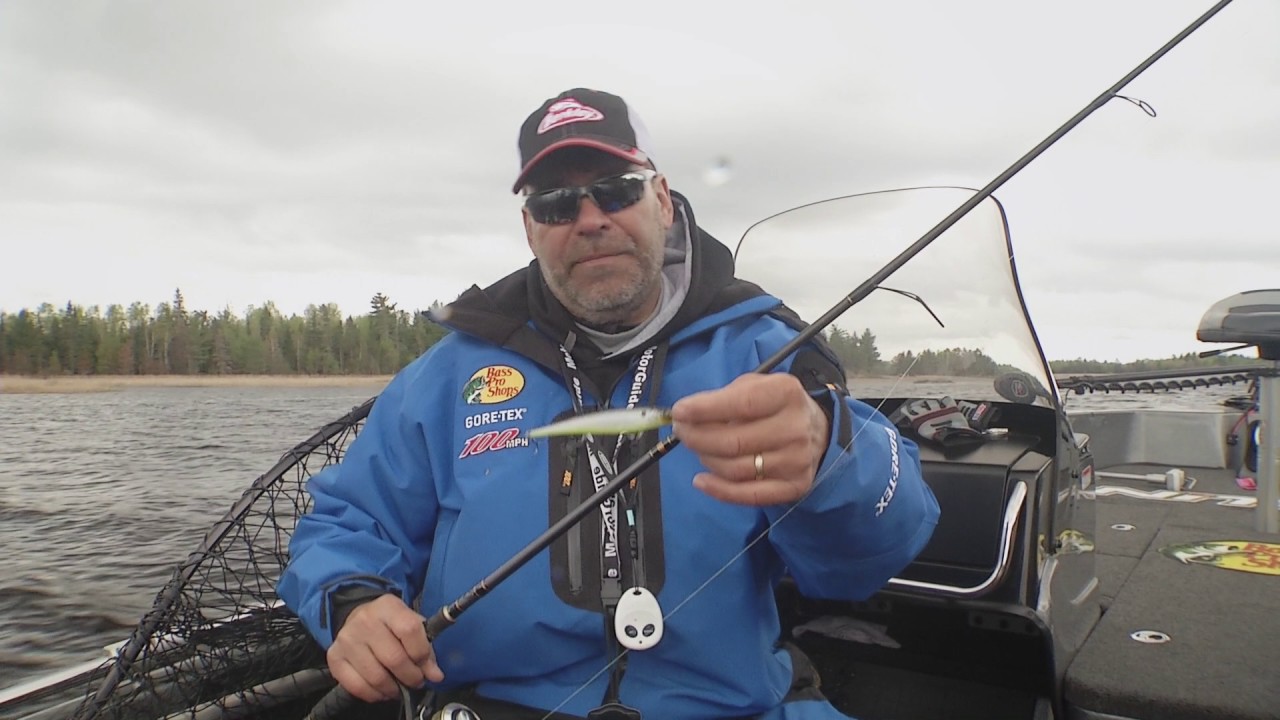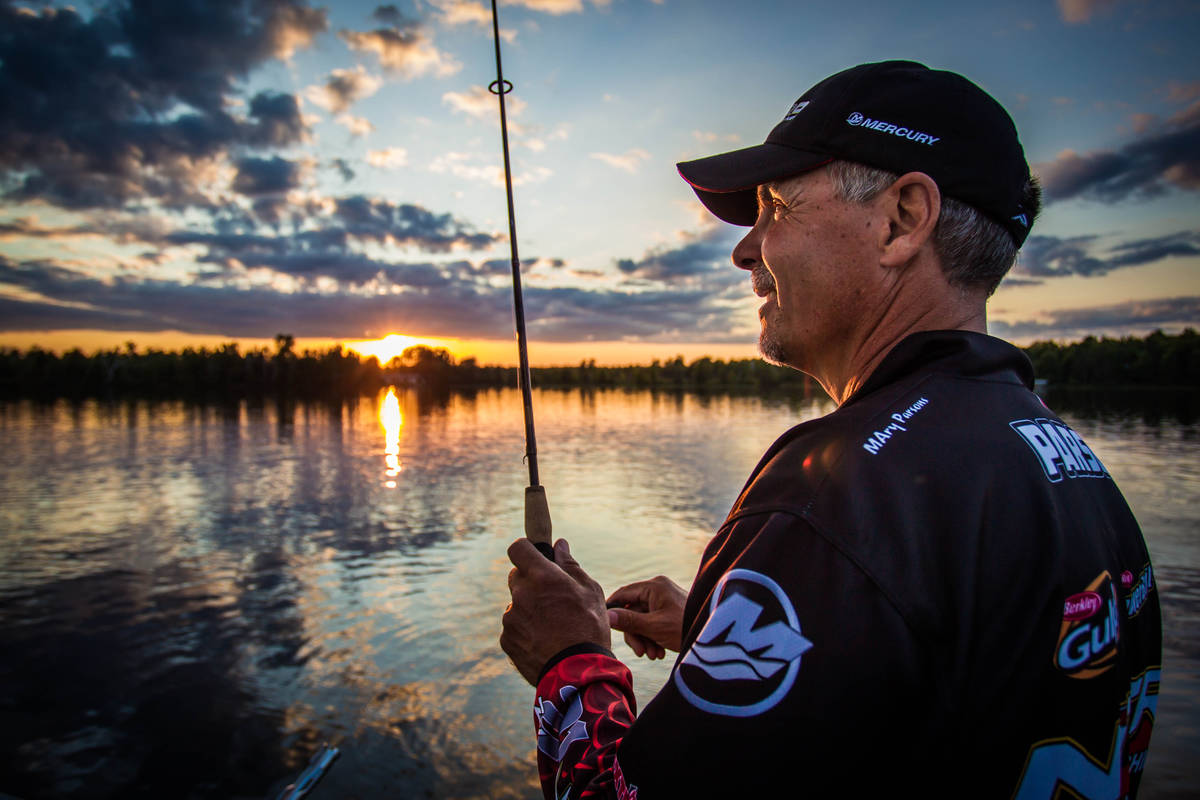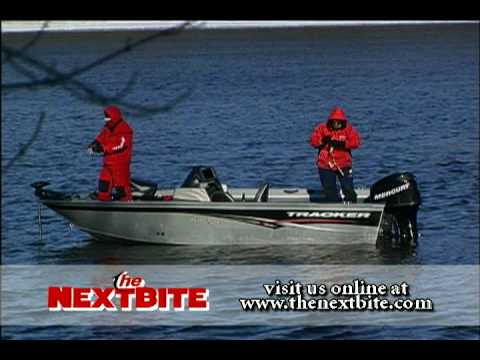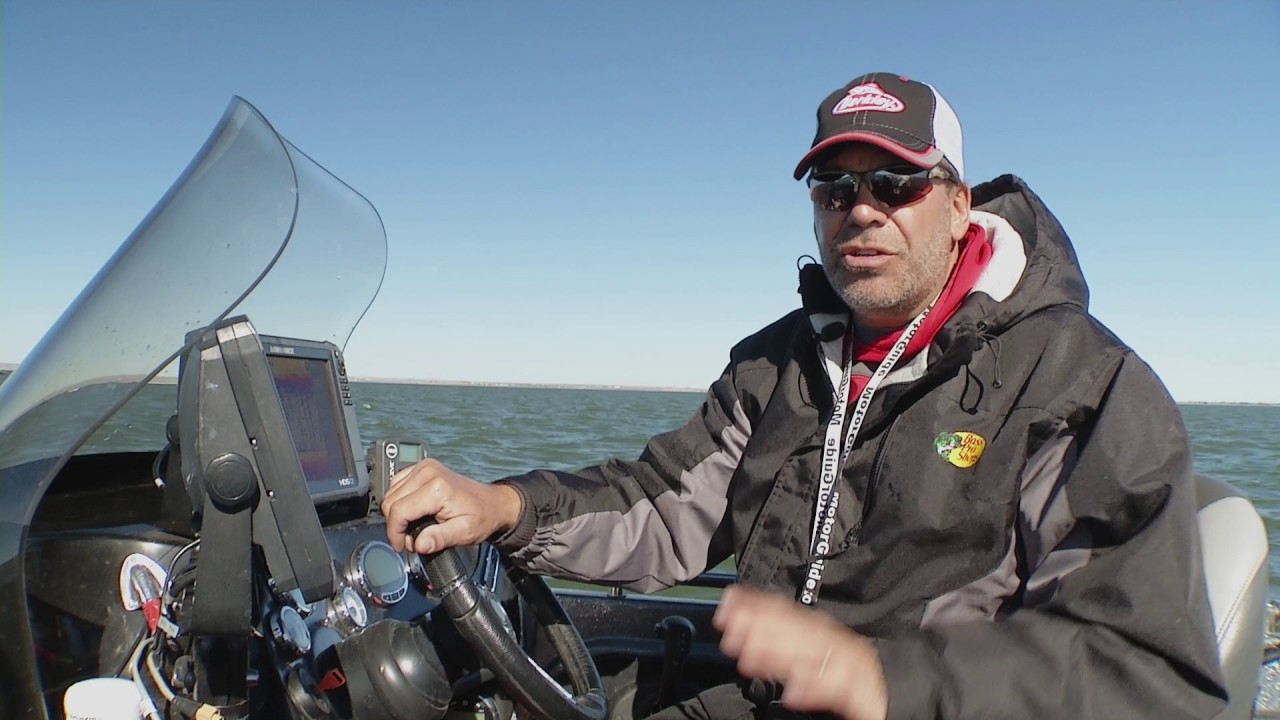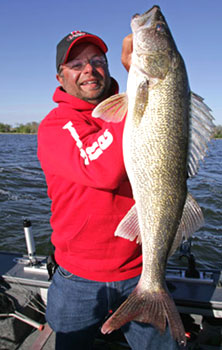 Vertical jigging is a top tactic for fishing river walleyes virtually year-round. It allows you to present your bait tight to bottom as you methodically cover fish-holding areas such as eddies and current seams, as well as structural elements including channel edges and the perimeters of dune-like humps on an otherwise flat bottom. Jig weight depends on water depth and current speed. With moderate current in 4 to 12 feet of water—a common springtime scenario—a 1/16- to 1/8-ounce leadhead tipped with a soft plastic or other artificial body is about right. Deeper water or stronger current requires heavier jigs.
Vertical jigging is a top tactic for fishing river walleyes virtually year-round. It allows you to present your bait tight to bottom as you methodically cover fish-holding areas such as eddies and current seams, as well as structural elements including channel edges and the perimeters of dune-like humps on an otherwise flat bottom. Jig weight depends on water depth and current speed. With moderate current in 4 to 12 feet of water—a common springtime scenario—a 1/16- to 1/8-ounce leadhead tipped with a soft plastic or other artificial body is about right. Deeper water or stronger current requires heavier jigs.
Total Solutions Technique
Use sonar to scan for fish, but remember river walleyes hold close to the bottom and can be tough to mark, especially on irregular contours. Use your eyes to look for clues on the surface that indicate “seams” between fast and slow current, eddies behind current breaks and sheltered areas of slower flows. Keep in mind that hotspots change daily, even hourly, as river level and current velocity change. Use a bow-mount trolling motor to hover slowly over the target area, slipping downstream slightly slower than current speed on the surface (water flows a little slower closer to the bottom).
Drop your jig to bottom and keep the line vertical, don’t let it billow up or downstream. This makes it much easier to maintain bottom contact and detect strikes. “Thunk” the bottom in jig strokes ranging from ¼- to 6-inch lifts—never higher, or you risk blowing right over the top of the fish. Watching the line and rodtip can help you “see” strikes, or you may feel a tug or resistence on the line. If you suspect a fish has taken the jig but aren’t sure, “test” suspected bites by raising the rodtip and feeling for the fish—the trick is determining this before the fish knows you’re on the other end of the line. When in doubt, set the hook.
Total Solutions Equipment
For a rod that will let you “test” whether a walleye is sampling your jig, try a very sensitive 6-foot, 6-inch or 7-foot, medium-light spinning rod. The longer rod option allows you to pick up a little extra line on the hookset. Match the rod with a lightweight reel. A light reel is key because you want the rig to balance like a teeter-totter, and not wear out your wrist during a long day on the water.
Spool up with 6-pound-test Flame Green Berkley FireLine. The thin diameter lets you use a lighter jig—and stay vertical with fewer boat control maneuvers—than lines with larger diameters. Plus, the sensitivity is unmatched, and its high visibility coloration helps you spot subtle line movements that could betray a strike.
I tip my jigs with a 3-inch Gulp! Minnow. The dark color of a Black Shad (model GMI3-BS) is an all-around all star, but don’t be afraid to experiment with a Chartreuse Shad (model GMI3-CS).
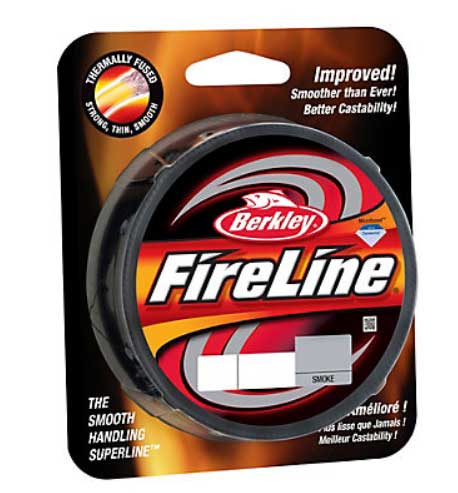 Berkley® FireLine® |
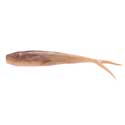 Berkley® 3 inch GULP!® Minnow |

